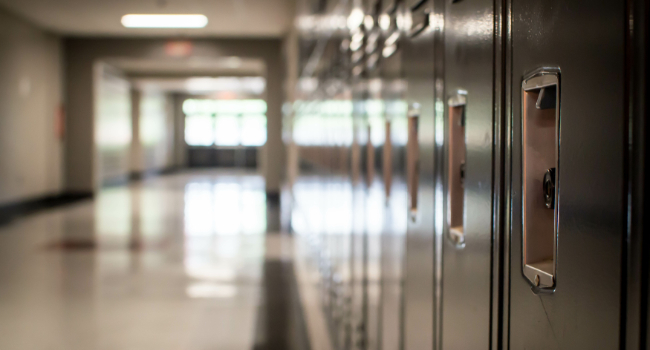
CISA Releases Anonymous Threat Response Guidance and Toolkit for K-12 Schools
The Cybersecurity and Infrastructure Security Agency (CISA) recently released the Anonymized Threat Response Guidance: A Toolkit for K-12 Schools, a new resource to help kindergarten through grade 12 (K-12) schools and their law enforcement and community partners create tailored approaches to addressing anonymous threats of violence, including those received on social media. The toolkit outlines steps school leaders can take to assess and respond to anonymous threats, better prepare for and prevent future threats, and work in coordination with law enforcement and other local partners when these threats arise. It is co-sealed with the Federal Bureau of Investigation (FBI), which provided expert feedback on the toolkit’s key principles and strategies.
Social media-based and other types of anonymous threats of violence against K-12 institutions are common. These threats can erode trust that schools are safe places, contribute to losses in learning and instruction time, overwhelm school and law enforcement resources and have lasting psychological impacts on school communities.
“K-12 schools across the country are experiencing a scourge of anonymous threats of violence. School leaders need scalable solutions to navigate these ever-evolving and burdensome threats,” said CISA Director Jen Easterly. “The K-12 Anonymized Threat Response Guidance provides step-by-step approaches to help schools better assess and respond to these threats, as well as take action to mitigate future risks in coordination with their law enforcement and other community partners.”
“Families, students and educators should not have to question whether they’re safe when they walk into a classroom,” said FBI Office of Partner Engagement Assistant Director, Robert Contee. “In the face of these ongoing school threats, the strategies the FBI and our partners at CISA put together will hopefully prepare our educators and administrators to maneuver through difficult challenges. The more parents, teachers and administrators know, the more likely we are to keep our kids safe. The FBI is dedicated to safeguarding schools and communities who are impacted by anonymous threats, but we also want to urge parents to talk with their children about the consequences that come with making these threats. We all need to work together.”
The K-12 Anonymized Threat Response Guidance was developed to provide K-12 stakeholders with information to both protect school communities and limit the disruption and trauma that can be caused by anonymous threats of violence. By providing guidance to inform decision-making about the urgency and credibility of individual threats, school and public safety leaders may be able to more effectively balance the full range of risks faced by K-12 organizations.
The toolkit emphasizes six key strategies for schools to consider when addressing anonymous threats:
- Build awareness about reporting to detect threats early and deter future threats.
- Develop a partnership structure that will help address threats. This includes school administrators, law enforcement personnel and mental health professionals.
- Engage law enforcement to manage threat situations and decide when to scale response actions up or down.
- Balance initial response steps to ensure the campus is safe. Most critically, treat each threat as credible, and from there, work with necessary partners to determine how to approach an immediate response.
- When appropriate, tap into multidisciplinary threat assessment teams to support interventions and expedite response if the subject who made the threat becomes known.
- Take steps throughout the school year to prepare for threats. Establish a response protocol and practice other types of emergency management activities, such as training exercises for staff.
Today’s release also includes a supplemental reference guide that provides streamlined information for K-12 stakeholders to understand and utilize some of the best practices from the full toolkit. Both products were developed to support the diverse range of K-12 school settings across the United States and are based on current practices of K-12 organizations and law enforcement agencies.
The new toolkit and guide were announced at CISA’s 2024 National Summit on K-12 School Safety and Security, an annual event that brings together K-12 school leaders and practitioners to discuss and share actionable recommendations that enhance safe and supportive learning environments.
To learn more and access the K-12 Anonymized Threat Response Guidance, please click here.